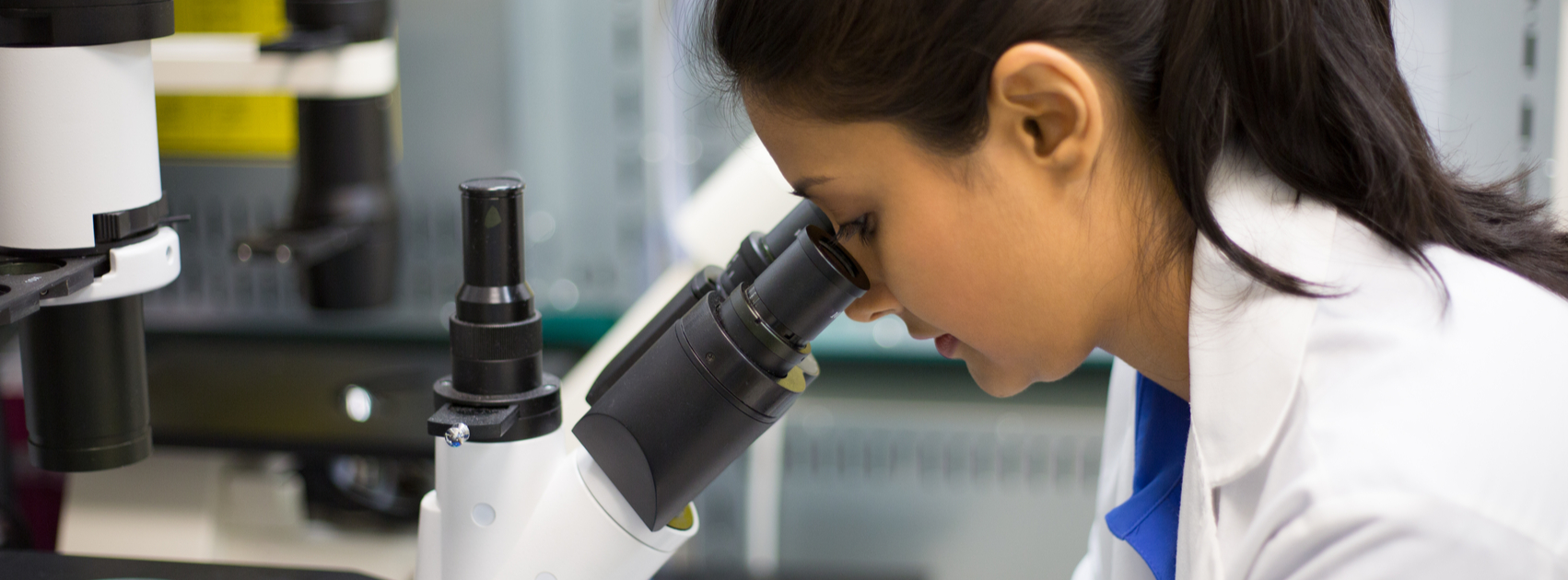
In a previous blog post, we explained the four phases of a clinical trial, from the first round of 10-15 participants to the final phase of approval by the U.S. Food and Drug Administration (FDA). In this blog post, we want to explain the safety, candidates, and funding surrounding a clinical trial.
Safety
As we’ve said before, clinical trials are used to test new ways of diagnosing, treating, or preventing adverse health conditions. The purpose of a clinical trial is to determine whether a new drug or medical device is safe and effective for patients.
There can be several potential risks for participants in a clinical trial, such as:
- The drug may cause serious side effects or adverse events
- The drug may not work
- Participants may be part of the control group, which means they receive a placebo instead of the designated treatment
- The clinical trial may be draining on participants’ time and energy, such as commuting to and from a clinical site
So, with these potential risks, how are participants protected? First and foremost, the investigators must follow strict rules enforced by the FDA or else face extensive fines or a cancellation of the clinical trial in its entirety.
Additionally, each clinical site must be approved by an Institutional Review Board, a panel made up of doctors, scientists, and safety people who are dedicated to making sure no participant will face any unnecessary risk in any part of the clinical trial. Many clinical trials are also supervised by a Data and Safety Monitoring Committee, a committee made up of scientific experts who continually monitor the data being submitted throughout the clinical trial.
At the beginning of the clinical trial, there should also be an informed consent process in which investigators tell each participant what to expect during the trial so that anyone may refuse to participate prior to beginning the treatment.
Candidates
So, what types of candidates are participating in clinical trials?
Many participants seek to:
- Get a new treatment before it is massively available
- Play a more active role in their treatment plan and overall healthcare
- Receive more information about support groups and resources for people who are struggling with the same health condition
Of course, the main reason candidates are selected for a clinical trial is because they have the same illness or health condition an investigator is studying. There are also many other eligibility factors that can come into consideration when selecting candidates, such as age, gender, the type and stage of a disease, previous treatment history, and other medical conditions.
If you’re looking to participate in a clinical trial, try asking yourself these types of questions:
- What is being studied?
- What are the possible treatments I might receive?
- What tests and procedures are involved?
- How often will I have to visit the hospital or clinic?
- How long will the study last?
- How do the possible risks and side effects of this trial compare with those of my current treatment?
Funding
How do clinical trials get funded?
Funding for clinical trials can come from a variety of different sources, including:
- The federal government, such as the National Institutes of Health and the Department of Veteran’s Affairs
- Private individuals, companies, and/or organizations
- Pharmaceutical, biotechnology, and/or medical device companies
- Academic medical centers
- Health maintenance organizations
However, the National Institute of Health is the single largest funder of biomedical and behavioral research.
Clinical trials can also vary on cost depending on what phase the trial is currently in. According to Sofpromed, the average cost of phase 1, 2, and 3 clinical trials can vary around $4, $13, and $20 million respectively. According to the Institution for Safe Medication Practices, the median estimated cost of a clinical trial overall can be anywhere from $12 to $33 million. And the most expensive clinical trials can cost up to $345 million!
To learn more about the four phases of a clinical trial, read our blog post here: https://dermindy.com/the-phases-of-a-clinical-trial/.
For more information on drug safety and availability, feel free to visit the FDA website: https://www.fda.gov/drugs/drug-safety-and-availability
Disclaimer: This blog provides general information and discussion about medical, cosmetic, mohs, and surgical dermatology. The words and other content provided in this blog, and in any linked materials, are not intended and should not be construed as medical advice. If the reader or any other person has a medical concern, he or she should consult with an appropriately licensed dermatologist or other healthcare worker.